The SAS Dummy
A SAS® blog for the rest of us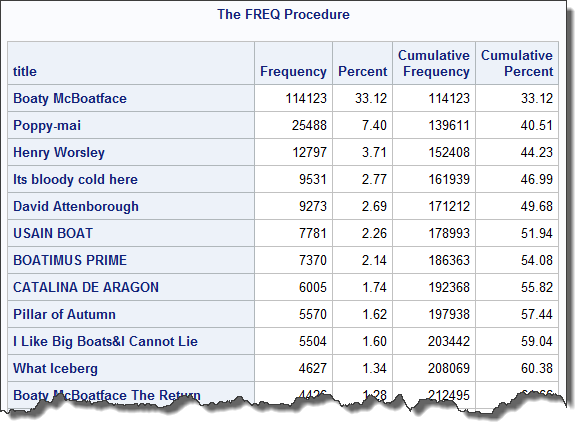
I know what you're thinking: two "Boaty McBoatface" articles within two weeks? And we're past April Fool's Day? But since I posted my original analysis about the "Name our ship" phenomenon that's happening in the UK right now, a new contender has appeared: Poppy-Mai. The cause of Poppy-Mai, a critically
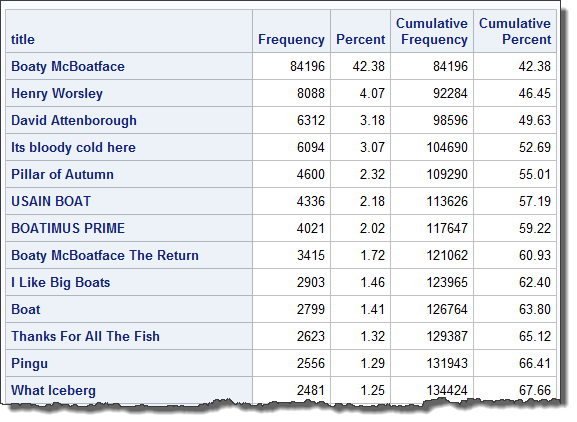
In a voting contest, is it possible for a huge population to get behind a ridiculous candidate with such force that no other contestant can possibly catch up? The answer is: Yes. Just ask the folks at NERC, the environmental research organization in the UK. They are commissioning a new

In previous articles, I've shared tips about how you can work with SAS and ZIP files without requiring an external tool like WinZip, gzip, or 7-Zip. I've covered: How to create ZIP files with ODS PACKAGE ZIP (available since SAS 9.2) How to "unzip" and read ZIP files using FILENAME
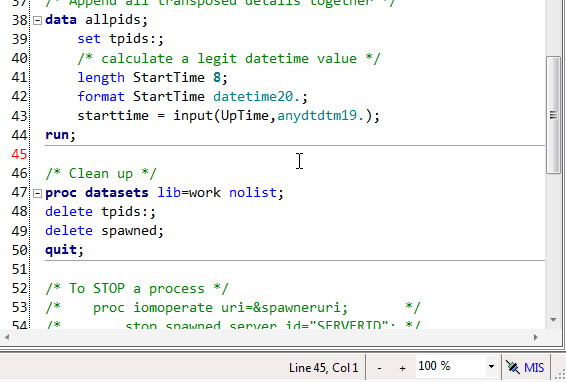
Have you ever been in a meeting in which a presenter is showing content on a web page -- but the audience can't read it because it's too small? Then a guy sitting in the back of the room yells, "Control plus!". Because, as we all know (right?), "Ctrl+" is
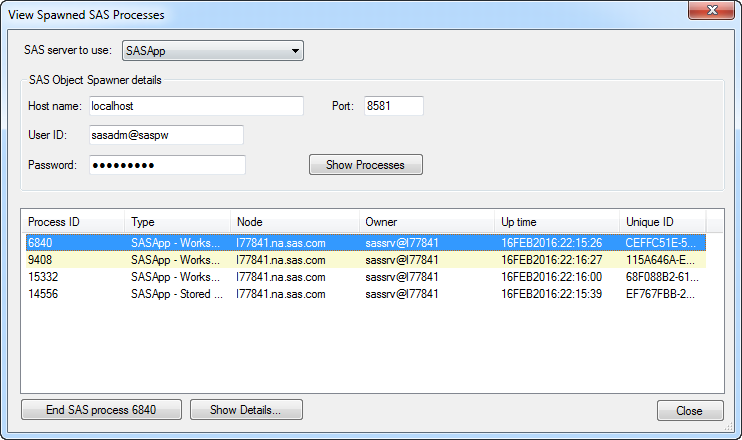
Last week I described how to use PROC IOMOPERATE to list the active SAS sessions that have been spawned in your SAS environment. I promised that I would share a custom task that simplifies the technique. Today I'm sharing that task with you. How to get the SAS Spawned Processes
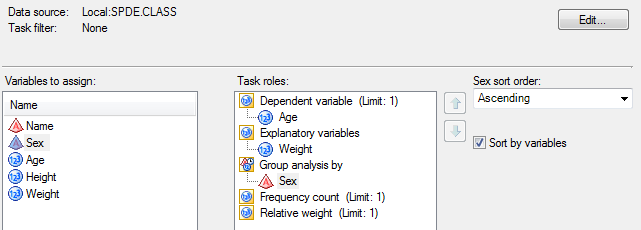
TL;DR The next time that you find yourself writing a PROC SORT step, verify that you're working with the SAS Base engine and not a database. If your data is in a database, skip the SORT! The details: When to skip the PROC SORT step Many SAS procedures allow you
